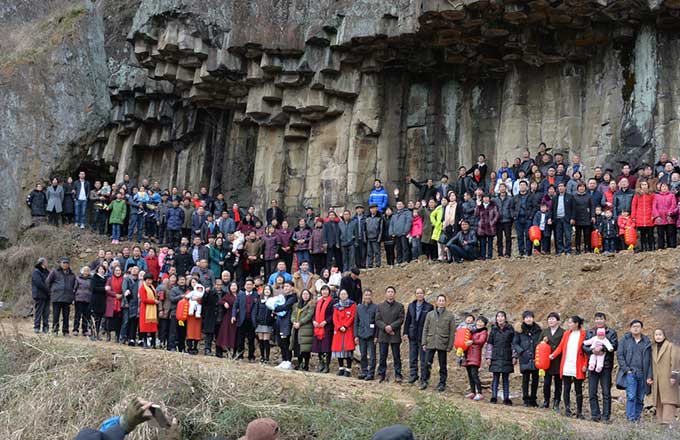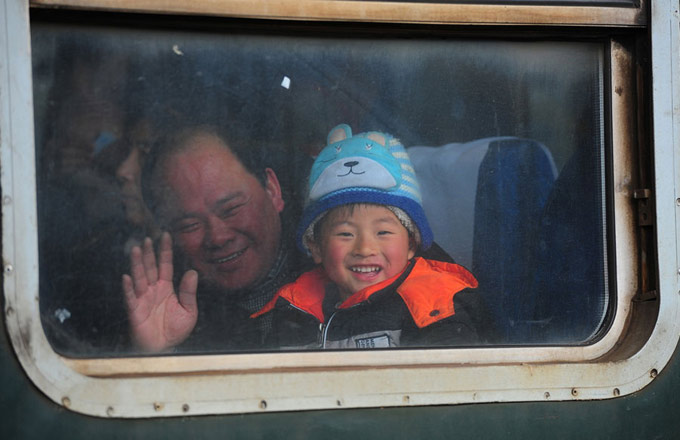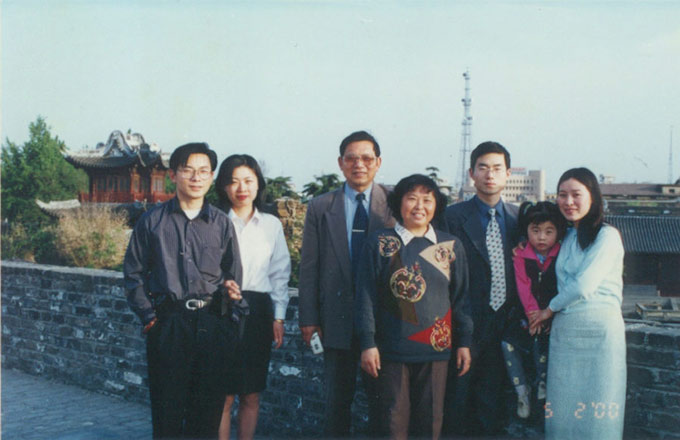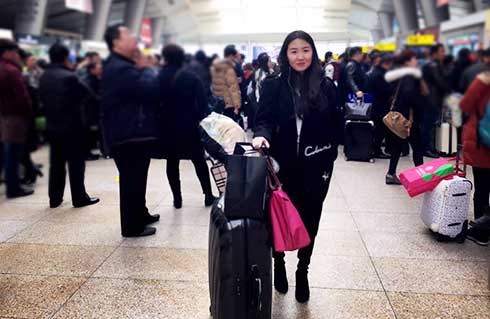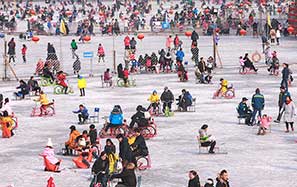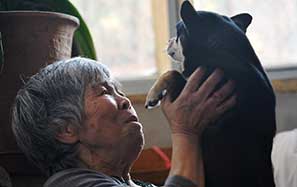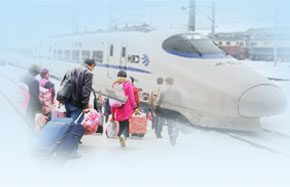Agricultural joint venture bears fruit
Sereda Sergey Vasilevich is maintaining his tractor and preparing for the upcoming spring planting.
The 49-year-old Russian never thought he would work for a Chinese company in his hometown or even win the honor of "Best Tractor Driver of 2012".
"I like the job because the pay is good and the farm is near my home. Moreover, we get along well with our Chinese colleagues and the well-developed company makes me feel confident about the future," he said.
The farm he works for is one of nine run by Armada, a Sino-Russian agricultural joint venture founded in 2004 in the agricultural economic cooperation zone of Russia's Primorsky Krai region. The zone is only 20 kilometers from the Sino-Russian border.
Covering an area of 40,000 hectares, Armada is not only the largest Sino-Russian agricultural cooperation project but also the biggest farm in the Russian Far East.
The company now focuses on cultivating, farming and processing in Primorsky Krai via a combination of Russian resources, and Chinese private capital and technology.
Agricultural cooperation between China and Russia has a long history. In the 1950s, the then-Soviet Union sent experts with advanced agricultural equipment to Jixian county, Heilongjiang province. They helped build China's largest State-owned grain and animal husbandry farm at the time — the Friendship Farm.
Li Demin, chairman of Heilongjiang Dongning Huaxin Industry and Trade Group, the Chinese investor in Armada, said: "Sino-Russian cooperation is changing from trade to entities. We believe that agriculture cooperation has the greatest potential. It is complementary that we have advanced management and equipment while Russia owns rich land resources."
Output of soybeans, corn, barley and wheat in the cooperation zone has ranked first in Primorsky Krai for five consecutive years. And its meat products have an 80 percent market share in Ussuriysk, a city in the region.
Thanks to the zone's rapid development, more than 300 Russian workers enjoy a prosperous life.
"The salary we pay Russian workers is higher than the local level. For example, drying yard workers can get 15,000 roubles ($485) to 20,000 roubles per month. And the salary for management staff even reach 40,000 roubles," said Xu Chunlong, deputy general manager of the zone.
"In recent years, the proportion of Russian employees gradually increased and we hope to employ more Russian technicians. It is not only helpful in terms of providing jobs to local people, but also good in terms of localization," he added.
Besides creating job opportunities and contributing to local tax revenue, Chinese companies play an active role in social welfare.
Armada helped Popovka, a village near one of its farms, rebuild a public kindergarten that was closed due to a funding shortage in 1994.
"Thanks to our Chinese friends, everything has changed, including the windows, carpets, cabinets and even the children's play areas," said Luba Shevchenko, head of Popovka kindergarten.
Moreover, Armada has built roads for villages in the area, arranges regular visits to elderly people living on their own and sponsors the local ice hockey team.
Da Zhigang, director of that Northeast Asia Institute at Heilongjiang Provincial Academy of Social Sciences, said that Sino-Russian cooperation should change from being trade-oriented to investment-oriented and localization plays an important role in cooperation.
Contact the writers at wuyong@chinadaily.com.cn and liuce@chinadaily.com.cn
- Xi's Russia trip attests new paradigm of ties
- Chinese businesswoman forges own path in Russia
- President's first trip takes in Russia, Africa
- Russia-China financial cooperation to hit new high
- Xi's Russia visit landmark in bilateral ties
- Russia-China financial cooperation to achieve new height
- Xi's Russia visit to prompt oil, gas deals
- China-Russia co-op in tourism substantially progress
- Xi says his Russia visit highlights special partnership
- China-Russia tourism co-op progresses
- Xi's Russia visit will be a landmark






